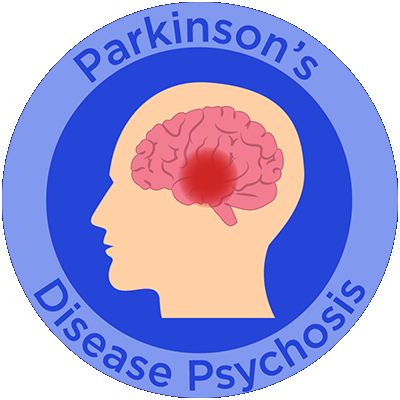Reading and Resources
Societies and Associations
|
Resource |
Address |
|
American Academy of Neurology |
|
|
American Parkinson Disease Association |
|
|
Michael J. Fox Foundation |
|
|
Parkinson Alliance |
|
|
Parkinson’s Foundation |
Espay AJ, Pagan FL, Walter BL, et al. Optimizing extended-release carbidopa/levodopa in Parkinson disease: Consensus on conversion from standard therapy. Neurol Clin Pract. 2017;7:86-93. https://pubmed.ncbi.nlm.nih.gov/28243505/
Fasano A, Visanji NP, Liu LW, Lang AE, Pfeiffer RF. Gastrointestinal dysfunction in Parkinson’s disease. Lancet Neurol. 2015;14:625‐639. https://pubmed.ncbi.nlm.nih.gov/25987282/
Fénelon G, Soulas T, Zenasni F, Cleret de Langavant L. The changing face of Parkinson’s disease-associated psychosis: A cross-sectional study based on the new NINDS-NIMH criteria. Mov Disord. 2010;25:763-766. https://pubmed.ncbi.nlm.nih.gov/20437542/
Hacksell U, Burstein ES, McFarland K, Mills RG, Williams H. On the discovery and development of pimavanserin: A novel drug candidate for Parkinson’s psychosis. Neurochem Res. 2014;39:2008-2017. https://pubmed.ncbi.nlm.nih.gov/24682754/
Krishnan S, Sarma G, Sarma S, Kishore A. Do nonmotor symptoms in Parkinson’s disease differ from normal aging? Mov Disord. 2011;26:2110-2113. https://pubmed.ncbi.nlm.nih.gov/21661056/
Lenka A, Hegde S, Jhunjhunwala KR, Pal PK. Interactions of visual hallucinations, rapid eye movement sleep behavior disorder and cognitive impairment in Parkinson’s disease: A review. Parkinsonism Relat Disord. 2016;22:1-8. https://pubmed.ncbi.nlm.nih.gov/26639978/
Müller T. Safinamide: An add-on treatment for managing Parkinson’s disease. Clin Pharmacol. 2018;10:31-41. https://pubmed.ncbi.nlm.nih.gov/29670409/
Nyholm D, Odin P, Johansson A, et al. Pharmacokinetics of levodopa, carbidopa, and 3-O-methyldopa following 16-hour jejunal infusion of levodopa-carbidopa intestinal gel in advanced Parkinson’s disease patients. AAPS J. 2013;15:316-323. https://pubmed.ncbi.nlm.nih.gov/23229334/
Olanow CW, Kieburtz K, Odin P, et al. Continuous intrajejunal infusion of levodopa-carbidopa intestinal gel for patients with advanced Parkinson’s disease: A randomised, controlled, double-blind, double-dummy study. Lancet Neurol. 2014;13:141-149. https://pubmed.ncbi.nlm.nih.gov/24361112/
Pahwa R, Tanner CM, Hauser RA, et al. Amantadine extended release for levodopa-induced dyskinesia in Parkinson’s disease (EASED Study). Mov Disord. 2015;30:788-795. https://pubmed.ncbi.nlm.nih.gov/25650051/
Parkinson’s Foundation. Psychosis: A mind guide to Parkinson’s disease. https://www.parkinson.org/sites/default/files/documents/psychosis.pdf
Politis M, Wu K, Molloy S, Bain PG, Chaudhuri KR, Piccini P. Parkinson’s disease symptoms: The patient’s perspective. Mov Disord. 2010;25:1646-1651. https://pubmed.ncbi.nlm.nih.gov/20629164/
Thanvi BR, Lo TC, Harsh DP. Psychosis in Parkinson’s disease. Postgrad Med J. 2005;81:644-646. https://pubmed.ncbi.nlm.nih.gov/16210460/





